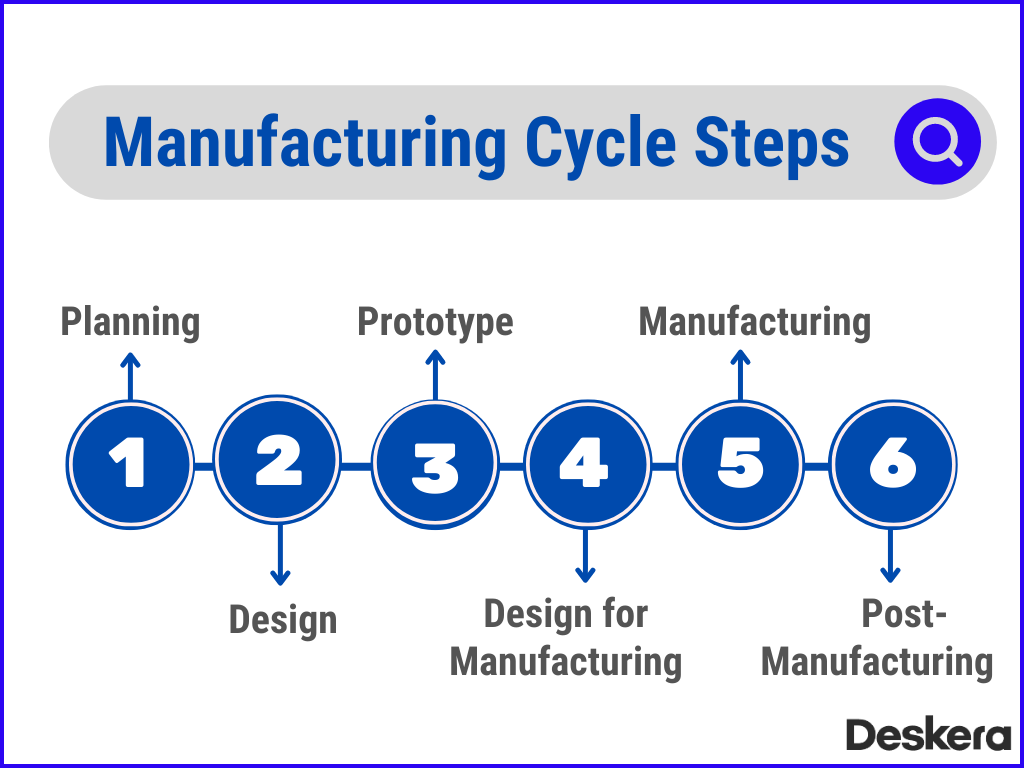Intelligent Factories: Where Environmental Responsibility Represents the Heart of Product Design
In today's world during a time when environmental awareness is increasingly important, the development of intelligent manufacturing facilities is paving the way for a new era of manufacturing. These state-of-the-art facilities are not only integrating sophisticated tech while also placing eco-friendliness at the heart of designing products. As industries face increasing pressure to minimize waste and their environmental impact, the integration of advanced tech with sustainable methods is transforming how products are imagined, crafted, and delivered.
At the heart of this transformation is the realization that sustainability is more than just a trend; it is a must. Smart factories utilize data analytics, automation, and IoT to enhance efficiency and minimize the use of resources. By creating products with a priority on green materials and methods, manufacturers have the ability to create items that are simultaneously functional but also sustainable. This transition signifies a profound change in the manufacturing landscape, in which the quest of financial gain coexists with the objective of preserving our planet for future generations.
Innovative Sustainable Materials
The utilization of advanced green materials is transforming product design in automated manufacturing plants. Companies are increasingly incorporating bio-based plastics, recycled metals, and green textiles, lowering their ecological footprint while preserving top-notch standards. These resources not only reduce environmental effects but also cater to the rising consumer interest for sustainable products. As a result, brands that embrace sustainability are positioning themselves as industry leaders in the cutthroat market.
Automated manufacturing plants leverage state-of-the-art technologies such as three-dimensional printing and precision cutting to enhance the use of these sustainable resources. This approach not only boosts productivity but also allows for enhanced design flexibility, permitting the development of intricate products with less waste. By prioritizing sustainable procurement and production practices, producers can guarantee that their products are not only forward-thinking but also eco-conscious.
Additionally, the creation of smart materials that adjust to changes in their environment is opening doors for new potential in product design. These materials can repair themselves, adapt to temperature fluctuations, or even change shape based on external factors. By including such resources, companies can create products that are not only eco-friendly but also advanced, enhancing the functionality and lifespan of the items while cutting overall resource consumption.
Energy Conservation in Manufacturing
Power efficiency is a foundation of contemporary smart factories, where innovative technologies work hand in hand with sustainable practices. By integrating advanced automation and IoT technology, manufacturers can monitor energy consumption in real-time, identifying areas where power waste occurs. This analytics-based approach enables factories to enhance machinery usage, reduce idle times, and modify operations according to energy demand, significantly lowering their carbon footprint.
Moreover, intelligent factories often use sustainable energy sources, such as solar panels and wind turbines, to power their operations. This transition not only supports sustainability goals but also enhances energy independence and robustness. By integrating these sustainable systems into their infrastructure, manufacturers can significantly cut dependency on fossil fuels, making their production processes cleaner and more efficient. The implementation of energy storage solutions additionally complements this shift by allowing factories to optimize the use of clean energy, including periods of low generation.
Additionally, energy-efficient manufacturing goes beyond just machinery and energy sources. It influences product design as well, promoting the development of goods that require less energy to produce and operate. This can lead to more lightweight materials, smarter designs, and technologies that minimize environmental impact throughout the product lifecycle. By aligning product design with energy efficiency principles, smart factories can establish a positive feedback loop, driving eco-friendly innovations that benefit both the environment and the economy.

Circular Economy and Clever Design
The circular model is a transformative approach to product design that enhances resource efficiency and reduces waste. In smart factories, this concept fits perfectly into the manufacturing process. By redesigning how product design and manufacturing are created, used, and discarded, companies can design items that are beyond one-time-use but are capable of being recycled, remanufactured, or repurposed. This change not only saves natural resources but also reduces environmental footprint, supporting a sustainable future.
Intelligent design within this framework emphasizes modularity and recyclability. Products are created with components that can be easily disassembled, allowing for more straightforward repairs and upgrades over time. This reduces the need for complete replacements, fostering a culture of sustainability among consumers. Enhanced digital tools and innovations enable manufacturers to monitor the lifecycle of materials, ensuring that at the end of a product's life, its parts can be reintegrated into new designs, thus supporting the circular model.
Moreover, the integration of sustainable practices in advanced production facilities encourages innovation and collaboration among diverse stakeholders. Designers, engineers, and manufacturers work together to find new ways to enhance product life cycles and meet consumer demand for green solutions. This partnership ultimately leads to the creation of more intelligent, environmentally-friendly products that reflect a commitment to sustainability while staying competitive in the market.